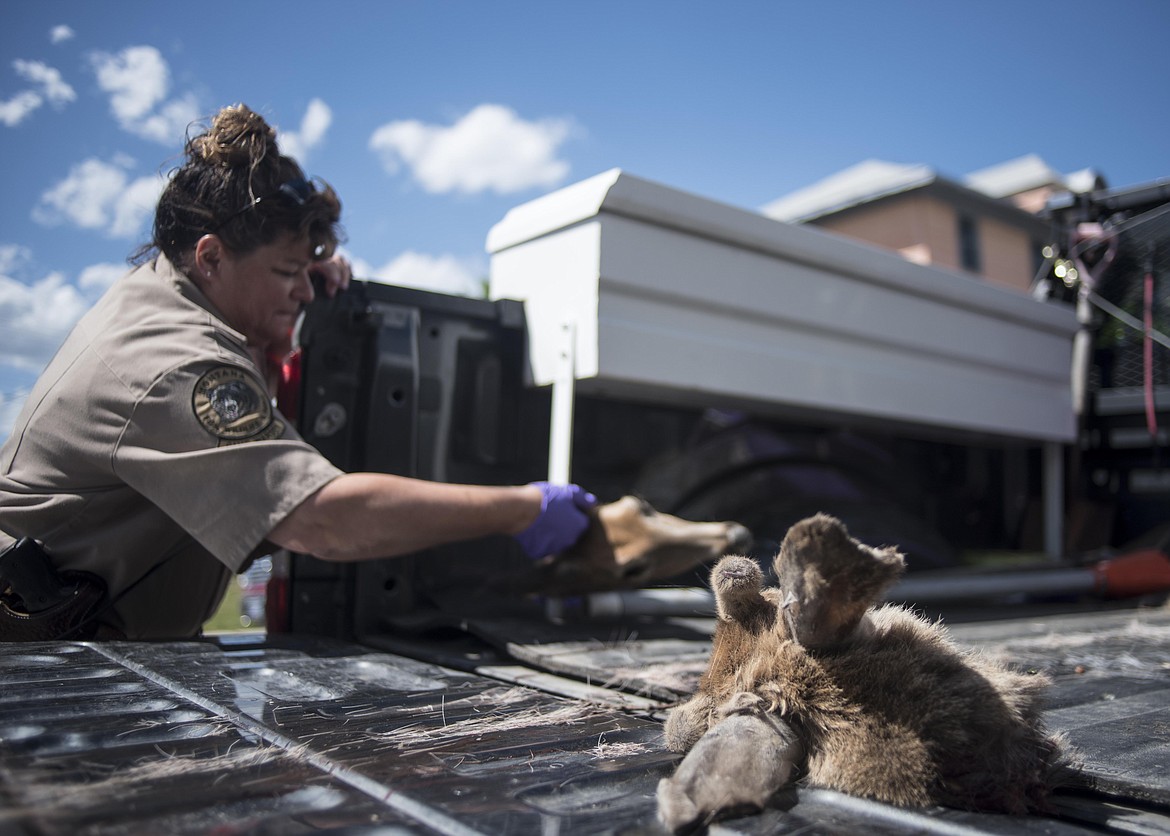Montana to ‘keep up the good fight’ against aquatic invaders, wasting disease
Local fish and game officials can consider 2021 a success in the effort to combat the threat of aquatic invaders and chronic wasting disease, and will look to stay on a similar course in the year ahead.
Invasive aquatic mussels were not detected in any Montana water bodies, despite an incredible influx of boat traffic to the Flathead Valley last summer...
Become a Subscriber!
You have read all of your free articles this month. Select a plan below to start your subscription today.
Already a subscriber? Login



